What’s up doc along the famed outback Oodnadatta Track?
A remote emergency telehealth centre, unmanned but available 24/7, the first of its kind, opened in SA’s far north powered by Elon Musk’s Starlink satellite system.
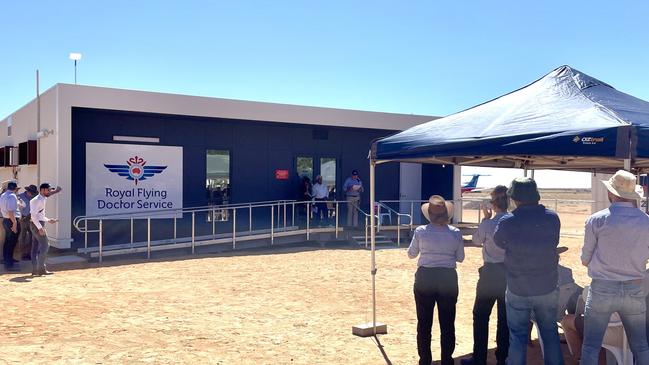
After 20 years of lobbying – some would say pestering – the 21st century has come to the outback.
It takes the form of a remote emergency telehealth centre, unmanned but available 24/7, the first of its kind, opened in William Creek in South Australia’s north at the weekend.
Jointly funded by the federal and state governments and operated by the Royal Flying Doctor Service the $2 million health hub is designed to help an outback community 200km from the nearest town, plus the 26,000 tourists who drive the Oodnadatta Track annually.
Trevor Wright, who has lived in William Creek for 35 years and owns the way-stop hotel and associated Lake Eyre air tourism business, says the opening of the telehealth centre was a giant leap forward for the community and its surrounding cattle stations.
“It comes after lobbying for 20 years,” he says. “Every time we saw our local MPs we would chew their ear about the lack of health services. I guess you could say we annoyed the hell out of them.
“But it has worked. This will give comfort to our community, confidence for the thousands who travel the Oodnadatta Track, and there’s room to extend services to include mental, physio and dental clinics.”
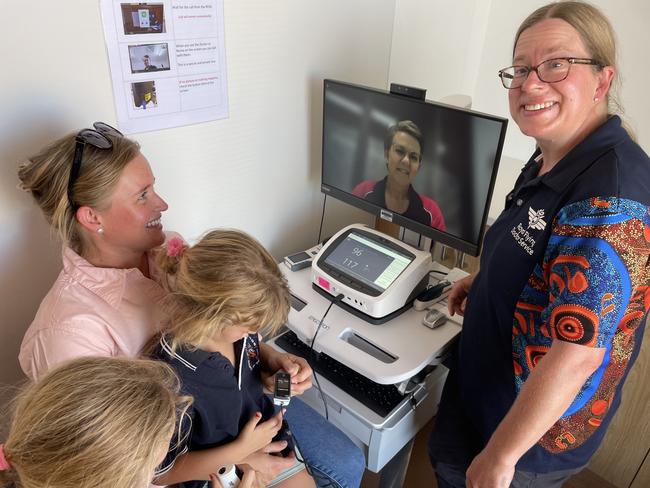
The health clinic is possible because of advances in technology. William Creek was the site of the nation’s first solar powered public phone box, installed in 1987 at a cost of $1m. It now offers free phone calls like all of Telstra’s old public phone boxes.
The ground-based systems used in the clinic to link patients with RFDS doctors in Port Augusta or Adelaide have been in use for some time, but the Australian NBN Sky Muster satellite has not had the capacity to provide a high-definition TV connection.
The William Creek telehealth centre uses Elon Musk’s Starlink satellite system to provide speeds up to 250 mbs (compared to the NBN’s 25 mbs average). A patient simply pushes a button at the emergency centre to access a video screen and establish a two-way face-to-face connection with an RFDS doctor hundreds of kilometres away.
The telehealth unit includes a fingertip oxygen monitor, blood pressure monitor and electrocardiography leads to aid diagnoses. High-definition cameras can be used for wound assessments, dermatology, throat and dental examinations.
Medicines and other supplies are dispensed through the RFDS medical chest held at the William Creek hotel.
The centre’s first customer was Health Minister Mark Butler who opened the building after getting the thumbs up for his blood pressure and oxygen readings. “This service is as good as you’d get in the middle of Sydney or Brisbane,” he told the crowd of about 60 at the opening. “And so it bloody well should be.”
The chief executive of the SA/NT RFDS, Tony Vaughan, almost became the centre’s second customer when he swallowed a fly during his speech. But a glass of water fixed the problem.
During the opening speeches much was made of the virtues of government departments – state and federal – working together to achieve a speedy outcome.
The decision to fund the centre was made a year ago. The centre, containing the video emergency room, a doctors’ consulting room and a waiting room for patients to be used during regular clinics, was prefabricated in Adelaide and delivered 900km by road to William Creek on the back of four trucks. It was erected and connected in days.
By normal government standards, this was a high-speed schedule. But the irony was not lost on many at the opening that although the combination of up-to-the-minute medical technology and the unique Australian flying doctors service designed and built the telehealth hub, its worth depends on an American satellite system rapidly making Australia’s Sky Muster redundant.

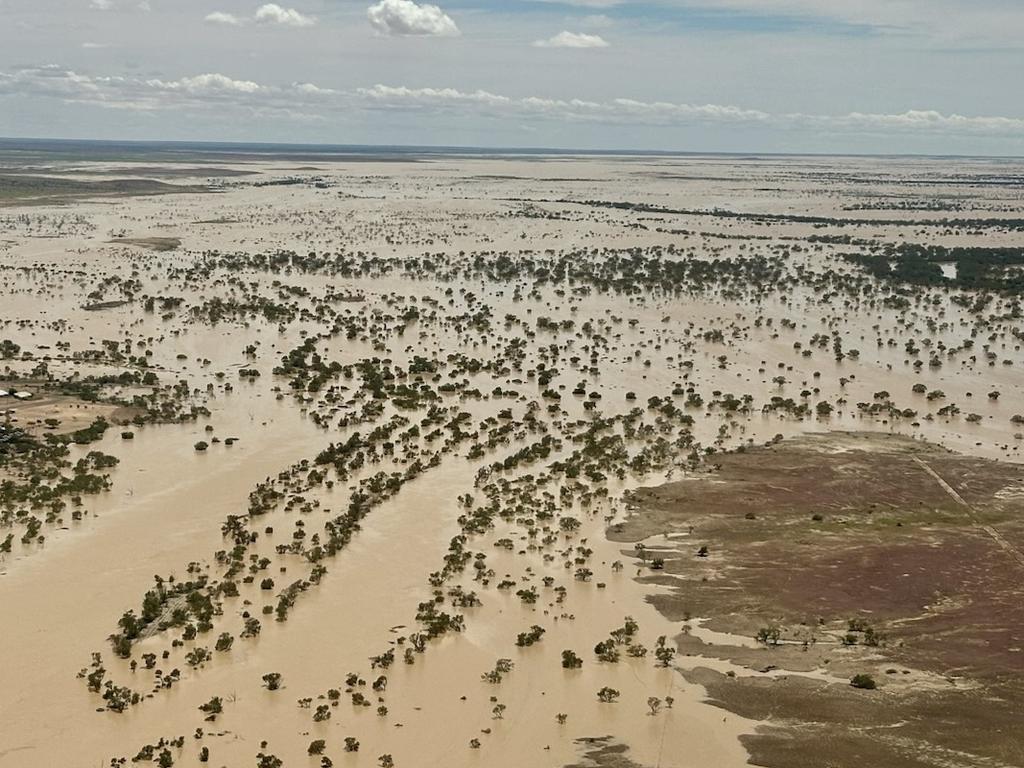
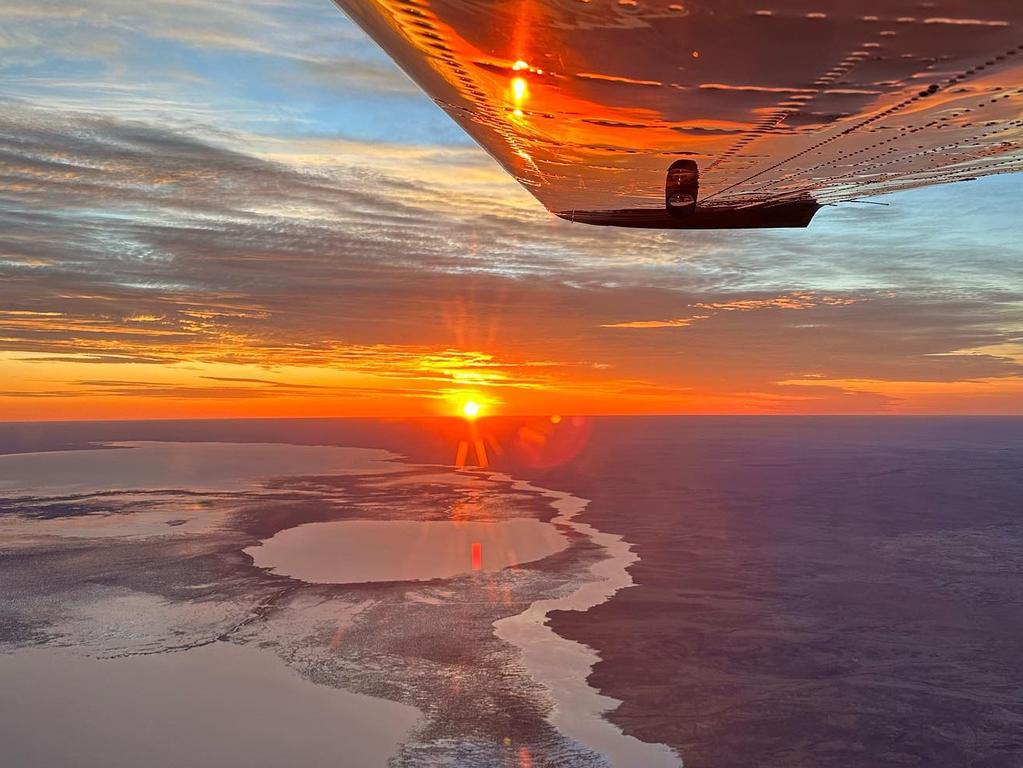


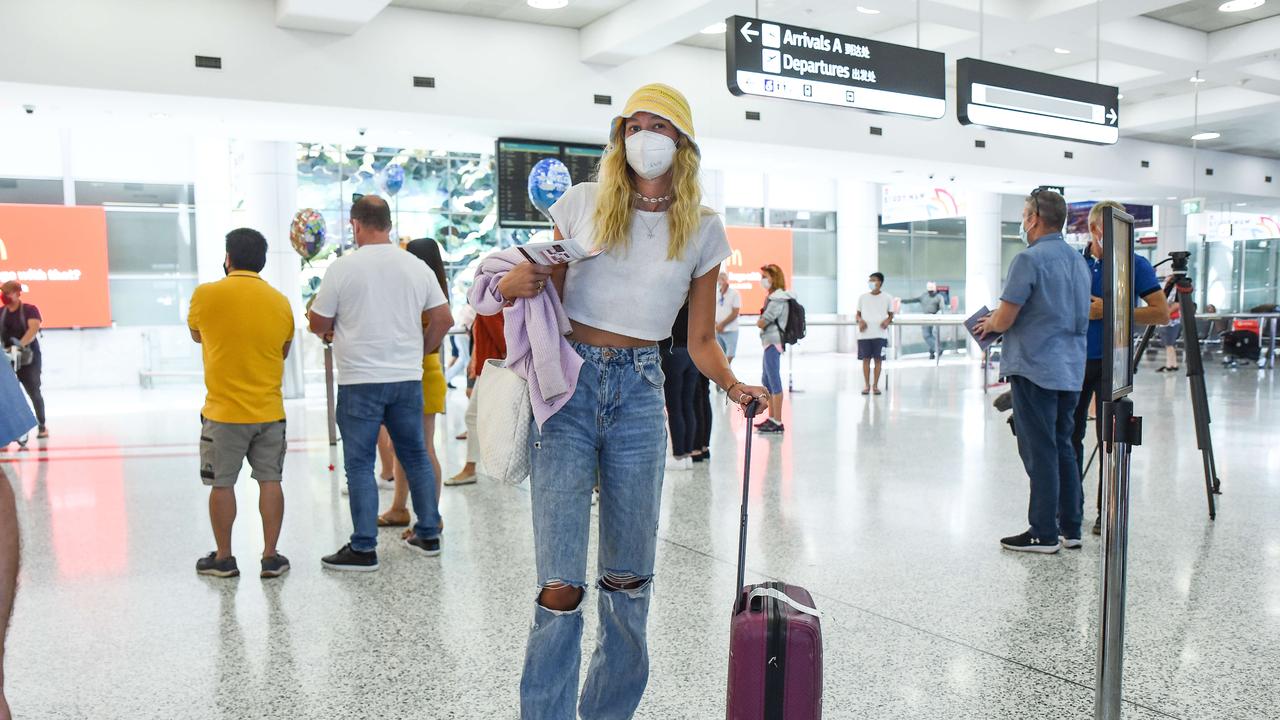
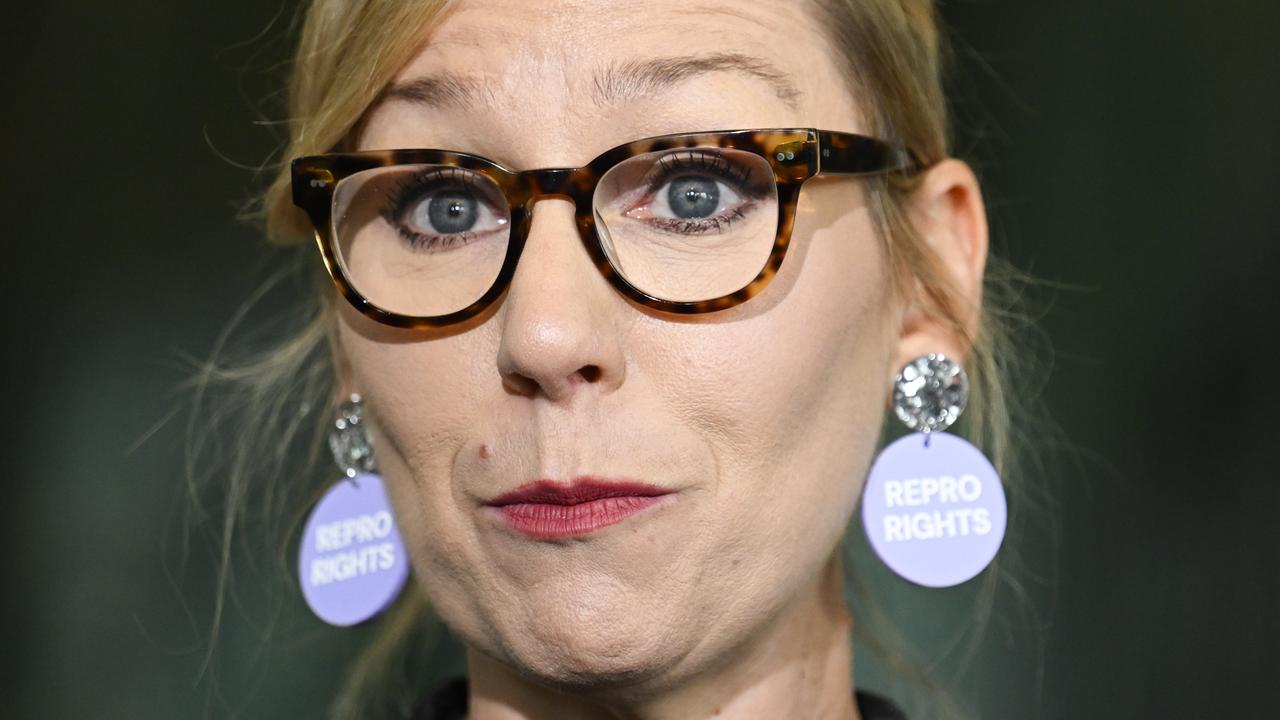
To join the conversation, please log in. Don't have an account? Register
Join the conversation, you are commenting as Logout